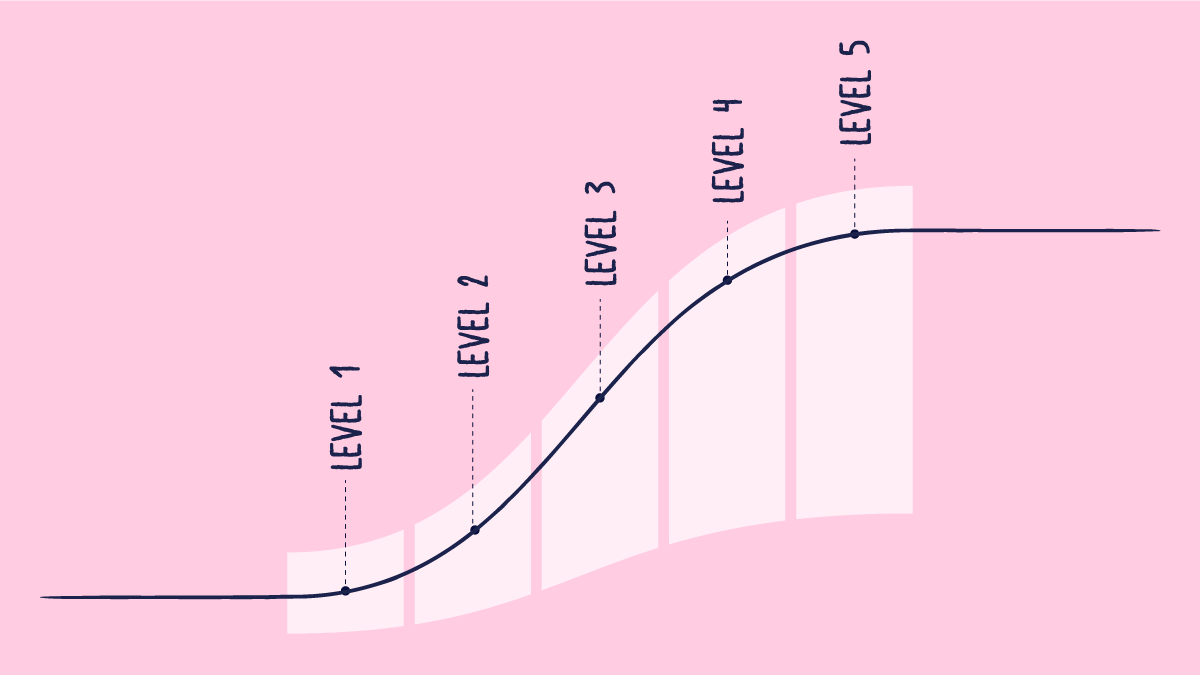Design Transfer
An Essential Step for Successful Market Entry
Design transfer is a critical phase in the development of medical devices, marking the transition from the design stage to manufacturing. It ensures that design specifications are accurately and thoroughly translated into production specifications, leading to consistent, safe, and effective devices. For companies navigating the stringent regulatory landscape of the medical device industry, understanding and mastering design transfer is essential for successful market entry and product sustainability.
Understanding Design Transfer
Design transfer involves a series of steps and documentation processes to ensure that a medical device, as conceived during the design phase, can be produced at scale with consistent quality. This phase bridges the gap between product development and manufacturing, ensuring the device meets all regulatory requirements and performs reliably in real-world conditions.
Key Objectives of Design Transfer
Accuracy:
Ensuring that design intent is precisely communicated to manufacturing teams.
Consistency:
Establishing processes that guarantee each unit produced meets design specifications.
Compliance:
Meeting all regulatory standards and guidelines set by authorities like the FDA (Food and Drug Administration) or the EMA (European Medicines Agency).
Documentation:
Creating comprehensive records that detail the design and manufacturing processes, serving as proof of compliance and a reference for future audits.
Regulatory Framework and Requirements
Regulatory bodies, such as the FDA in the United States, have outlined specific requirements for design transfer. According to the FDA’s Quality System Regulation (QSR), design transfer must ensure device design is correctly translated into production specifications.
This involves:
- Establishing and maintaining procedures to ensure design requirements are met.
- Documenting all aspects of the design transfer process.
- Conducting formal reviews to confirm that the transfer from design to production is complete and adequate.
Similarly, the International Organization for Standardization (ISO) 13485 standard specifies requirements for a quality management system for medical devices and includes provisions for design transfer. It emphasizes the importance of verifying that design outputs meet design inputs before transfer, ensuring that the product can be consistently manufactured to meet specified requirements.
Steps Involved in Design Transfer
Design Documentation
Comprehensive documentation is the foundation of a successful design transfer.
This includes:
- Design History File (DHF): A compilation of records describing a finished device's design history.
- Device Master Record (DMR): Contains all the information necessary to produce the device, such as manufacturing instructions, drawings, and specifications.
- Device History Record (DHR): A compilation of records containing the production history of a finished device.
Process Validation
Process validation ensures that manufacturing processes consistently produce devices that meet predetermined specifications.
This involves:
- Installation Qualification (IQ): Verifying that equipment and systems are installed correctly.
- Operational Qualification (OQ): Testing to ensure systems and equipment operate according to their intended purposes.
- Performance Qualification (PQ): Ensuring the overall process performs effectively and reproducibly.
Training and Resource Allocation
Training manufacturing personnel is crucial to ensure they understand the design specifications and the importance of maintaining quality. Adequate resources, including skilled labor, materials, and equipment, must be allocated to facilitate smooth production.
Pilot Production
Pilot production runs are small-scale manufacturing processes that identify potential issues and refine production processes. This step is critical for validating that the design can be manufactured reliably at scale.
Design Transfer Review
A formal review ensures that all aspects of the design transfer have been addressed. This review typically involves cross-functional teams, including representatives from design, manufacturing, quality assurance, and regulatory affairs.
Continuous Monitoring and Feedback
Post-market surveillance and continuous improvement processes are essential to monitor device performance in the market. Feedback from these activities can lead to further design modifications and process improvements.
Challenges in Design Transfer
Design transfer is fraught with challenges, including:
- Communication Gaps: Miscommunication between design and manufacturing teams can lead to discrepancies in the final product.
- Regulatory Hurdles: Navigating the complex regulatory landscape requires meticulous documentation and strict adherence to guidelines.
- Resource Constraints: Ensuring that adequate resources are available for training, equipment, and materials can be challenging, especially for smaller companies.
Best Practices for Effective Design Transfer
To overcome these challenges and ensure a smooth design transfer, companies should adopt the following best practices:
Early and Continuous Involvement of Manufacturing Teams
Involving manufacturing teams early in the design process ensures that potential production issues are identified and addressed upfront.
Comprehensive Documentation and Clear Communication
Maintaining detailed documentation and fostering clear communication channels between all stakeholders can prevent misunderstandings and ensure alignment.
Rigorous Validation Processes
Implementing robust validation processes, including pilot runs and thorough testing, can help identify and mitigate potential issues before full-scale production.
Cross-functional Collaboration
Encouraging collaboration between design, engineering, quality assurance, and regulatory teams ensures that all perspectives are considered, and regulatory requirements are met.
Continuous Improvement
Establishing a feedback loop for continuous monitoring and improvement can help address issues promptly and enhance product quality over time.
Conclusion
Design transfer is a pivotal step in the lifecycle of medical devices, ensuring that innovative designs can be manufactured consistently and reliably. By understanding the regulatory requirements, implementing thorough validation processes, and fostering cross-functional collaboration, companies can navigate the complexities of design transfer effectively. Mastering this process not only facilitates regulatory compliance and market entry but also underpins medical devices' long-term success and reliability in the market.
Additional resources

How to Implement the Continuous Improvement Cycle | Scilife
Even an organization with stellar leadership and a solid core of employees experiences hiccups from time to time. Despite having assembled all the ...

How to assess and enhance your Quality Management Maturity | Scilife
As the life sciences industry becomes increasingly regulated and competitive, quality management has become more vital than ever. Are you confident ...

Best Quality Management Software (QMS) for Life Sciences | Scilife
The right electronic Quality Management System (eQMS) can help strengthen your compliance processes and build a culture of quality within your ...

How to write a good quality plan for medical devices | Scilife
In life sciences, especially if you’re in the medical device industry it becomes harder to manage projects in accordance with your company’s quality ...
Turn quality into your brightest asset with Scilife
